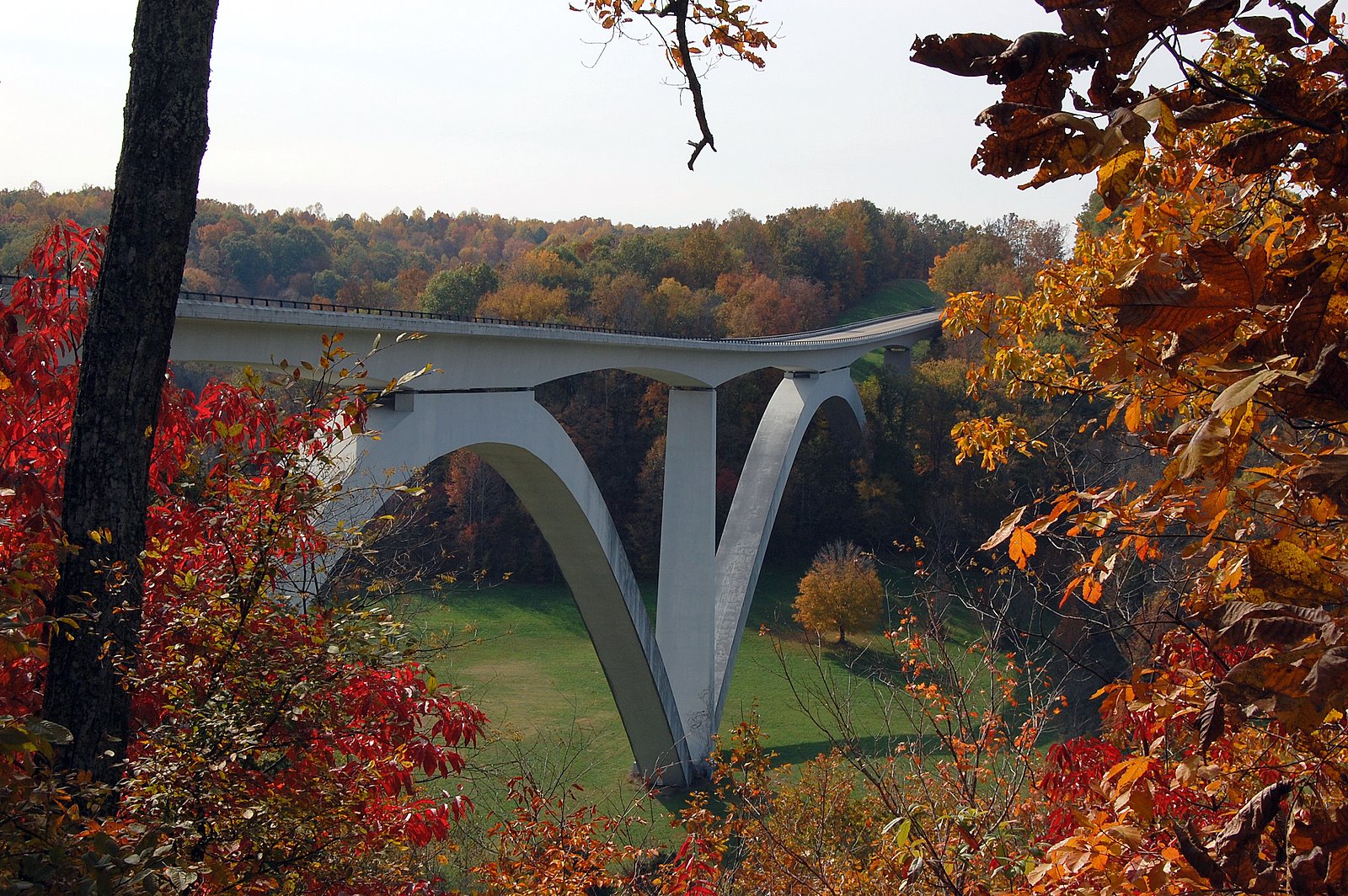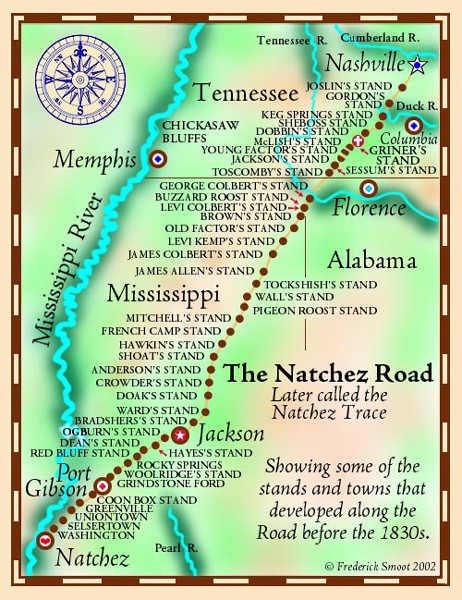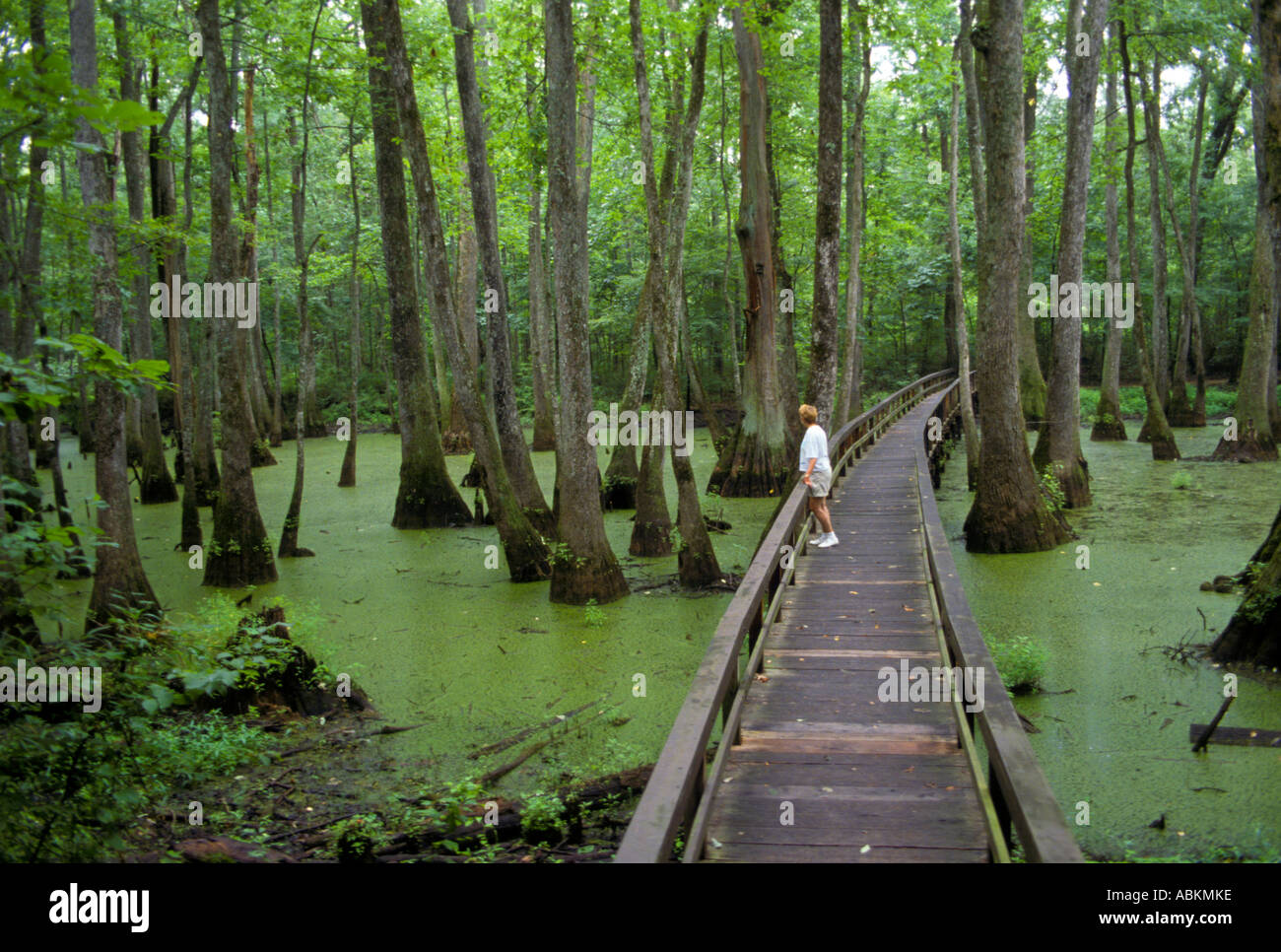
Whispers on the Ancient Path: America’s Legends and the Enduring Spirit of the Natchez Trace
America, a nation forged from diverse landscapes and an even more diverse tapestry of peoples, is a fertile ground for legends. From the vast, untamed wilderness of its early days to the bustling metropolises of today, its history is punctuated by stories of heroes and villains, of epic deeds and cautionary tales, of the extraordinary and the supernatural. These legends, often blurring the lines between fact and fiction, serve as cultural touchstones, reflecting the hopes, fears, and defining characteristics of the American spirit. And among the most storied pathways that whisper these tales is the ancient, winding stretch known as the Natchez Trace.
The very concept of an American legend is intrinsically linked to the nation’s frontier experience. Early settlers, pushing westward into uncharted territories, faced unimaginable challenges. To cope, and perhaps to make sense of a world both brutal and beautiful, they crafted narratives that magnified human strength, celebrated ingenuity, or warned of lurking dangers. These stories became a shared heritage, passed down through generations around campfires, in log cabins, and eventually, in printed books.
Consider the giants of American folklore: Paul Bunyan, the colossal lumberjack whose axe carved rivers and whose blue ox, Babe, created lakes, embodies the raw power and ambition required to tame a continent. Johnny Appleseed, a real man named John Chapman, whose benevolent journey spreading apple seeds across the Midwest became a parable of generosity and foresight. John Henry, the steel-driving man, a poignant narrative of human spirit against technological might, whose hammer beat a steam drill only to claim his life in victory. These figures, whether wholly mythical or rooted in historical individuals, resonate because they speak to universal themes of hard work, perseverance, and the struggle against overwhelming odds.

Yet, beyond these national archetypes, there are legends woven into specific landscapes, tales tied to the very earth beneath our feet. And few places hold as many layers of these localized, potent legends as the Natchez Trace. Stretching approximately 440 miles from Natchez, Mississippi, to Nashville, Tennessee, the Trace is more than just a scenic parkway; it is an ancient pathway woven into the very fabric of the American South, a silent witness to millennia of human drama.
To truly understand the legends of the Natchez Trace is to encounter "Ms. Natchez Trace" herself – not a single person, but the living, breathing essence of the path. She is the ancient spirit of the land, carved by buffalo and Native American footsteps long before Europeans arrived. She is the rustle of leaves, the whisper of wind through ancient trees, the dark shadows of the sunken roadbed – each a repository of stories waiting to be heard.
Originally a series of animal trails and Native American trading routes, the Trace became a vital artery for early American commerce. By the late 18th and early 19th centuries, it was primarily used by "Kaintucks" – frontiersmen, farmers, and flatboatmen from Kentucky, Tennessee, and Ohio. They would float their goods down the Mississippi River to market in Natchez or New Orleans, sell their cargo and their boats for lumber, and then face the arduous, overland journey back home along the Trace. This return trip was a perilous undertaking, often carrying substantial cash, making the travelers prime targets for bandits.
The journey was fraught with peril – disease, treacherous terrain, and, most infamously, highwaymen. The legends born from this era are chilling. Among the most notorious figures etched into the Trace’s dark folklore is John Murrell, the "Great Western Land Pirate." Murrell, often described as charming and intelligent, built a criminal empire based on theft, horse stealing, and murder. His legend grew to mythic proportions, with tales of buried treasure, secret societies, and his uncanny ability to evade capture. Even after his eventual imprisonment, stories persisted of his ghost haunting the Trace, forever searching for his lost loot. Murrell’s story became a cautionary tale, a stark reminder of the lawlessness that once permeated the frontier.
Equally terrifying were the Harpe Brothers, Micajah and Wiley, often cited as America’s first serial killers. Their brutality was legendary, their crimes indiscriminate. They killed for sport, for necessity, and for sheer malice, leaving a trail of horror along the Trace and beyond. Their capture and the display of Micajah’s severed head as a warning became a gruesome chapter in the Trace’s history, solidifying its reputation as a place where the veil between life and death felt particularly thin.
But "Ms. Natchez Trace" also held lighter, if still compelling, narratives. Along the path, "stands" or inns offered respite for weary travelers. These were bustling hubs of activity, places where stories were exchanged, news was disseminated, and perhaps, a bit of the truth about the frontier was stretched into legend. The ghosts of these stands – Grinder’s Stand, where explorer Meriwether Lewis (of Lewis & Clark fame) met his mysterious end, or Mount Locust, the oldest surviving inn on the Trace – linger, inviting visitors to imagine the countless conversations, the desperate pleas, and the boisterous laughter that once filled their walls. Meriwether Lewis’s death itself is a potent legend: suicide or murder? The debate continues to this day, adding another layer of mystery to the Trace’s narrative.
The advent of the steamboat in the mid-19th century gradually diminished the Trace’s importance as an overland route. River travel became faster, safer, and more comfortable. Yet, even as the old path faded from commercial prominence, the name "Natchez" continued to resonate in a new arena of legend: the iconic steamboats of the Mississippi River. The legendary steam-powered vessels, bearing the proud name of Natchez, became the new arbiters of speed and luxury, engaged in epic races that captivated the nation. The most famous of these was the 1870 race between the Natchez (captain by Thomas P. Leathers) and the Robert E. Lee, a contest of engineering prowess and human daring that cemented the steamboat era’s place in American lore. This transition from the perilous overland journey to the dramatic river race showcases how "Ms. Natchez Trace," as a symbol of the region, evolved, moving from the quiet dangers of the forest path to the thunderous spectacle of the river.
Today, the Natchez Trace Parkway, managed by the National Park Service, preserves much of this historic route. Visitors can walk segments of the original sunken roadbed, feel the weight of history underfoot, and imagine the thousands of lives that traversed this path. The legends of the Trace are not just historical footnotes; they are an integral part of its appeal, drawing those who seek to connect with a wilder, more uncertain past.

These legends, whether of superhuman strength, unwavering benevolence, or terrifying villainy, serve a crucial purpose. They are more than just entertaining tales; they are cultural narratives that transmit values, explore anxieties, and provide a shared understanding of what it means to be American. They remind us of the immense challenges faced by those who came before, the resilience required to build a nation, and the enduring human fascination with the unknown.
"Ms. Natchez Trace," in her silent, ancient wisdom, continues to hold these stories. She is the enduring spirit of a land that has witnessed exploration, exploitation, and ultimately, preservation. From the mythical beasts of Native American lore that predate written history, to the murderous highwaymen and the mysterious death of an American icon, the Natchez Trace is a living testament to the power of legend. It reminds us that while the physical frontier may have closed, the frontier of imagination, fueled by the whispers of history, remains boundless, beckoning us to listen closely to the tales etched into America’s legendary landscape.


